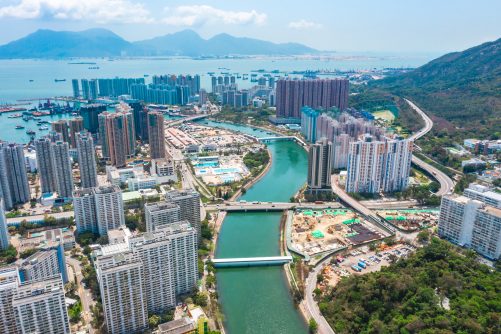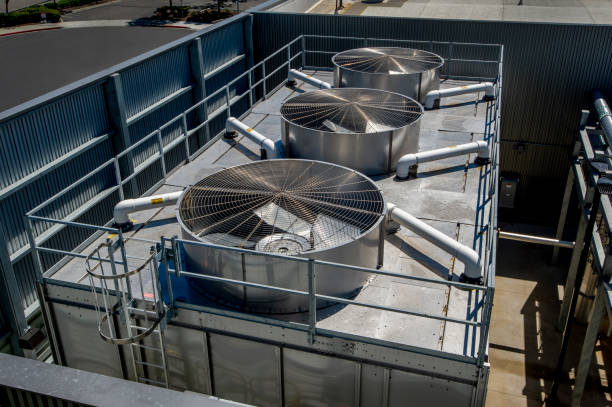Rivers are essential natural resources that support the ecosystems. It provides drinking water to living organisms, sustains biodiversity, offers recreational opportunities, and plays a crucial role in the overall health and well-being of communities. However, these vital water bodies are facing numerous challenges, including pollution from various sources such as industrial discharges, agricultural runoff, sewage and urban development. Indeed, pollution of river water can have severe consequences on aquatic lives, public health on human beings, and our environment.
In Hong Kong, the Environmental Protection Department (EPD) has implemented comprehensive river water quality monitoring programme since 1986 to provide data for water quality management and pollution control purposes. The monitoring involves conducting field measurements and collecting water samples for laboratory analyses of over 50 physico-chemical and biological parameters, including organics, nutrients, metals and E. coli bacteria.
We can provide the following field measurements and laboratory analysis for river water:
| Field Measurements | Laboratory Analyses | Aggregate Organics |
| Physical Chemical Properties Water Temperature Dissolved Oxygen pH Conductivity Salinity Turbidity Flow | Solid Contents Suspended Solids Total Solids Total Volatile Solids | 5-Day Biochemical Oxygen Demand (BOD5) Chemical Oxygen Demand (COD) Total Organic Carbon (TOC) |
| Nutrients | Faecal Bacteria | Sulphide Contents |
| Ammonia-Nitrogen Nitrite-Nitrogen Nitrate-Nitrogen Total Kjeldahl Nitrogen Orthophosphate-Phosphorus Total Phosphorus Silica (as SiO2) | Escherichia coli (E. coli) Faecal Coliforms | Sulphide |
| Plant Pigments | Metals | Pollutants from Industrial and Commercial Sources |
| Chlorophyll-a | Aluminium Antimony Arsenic Barium Beryllium Boron Cadmium Chromium Copper Iron Lead Manganese Mercury Molybdenum Nickel Silver Thallium Vanadium Zinc | Cyanide Chloride Fluoride Anionic Surfactants Oil and Grease |













































